Reimagining the National Archaeological Museum
The approved expansion integrates historic architecture,…
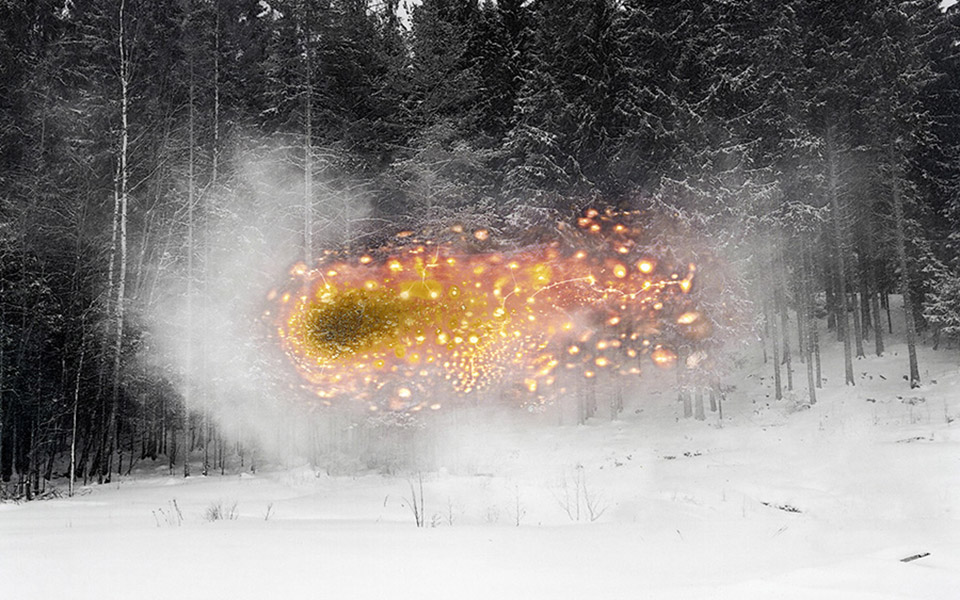
Terje Abusdal (NO) "Slash & Burn"
Inspired by the rituals, spells and symbols used by Finnish farmers who settled in the “Finnskogen” forest in the early 1600's, Abusdal investigates what it means to be a “Forest Finn” today.
© Terje Abusdal
Athens Photography Festival
June 6-July 28
Benaki Museum Pireos Street Annexe, June 13-July 28
138 Pireos
www.photofestival.gr
Every year, the popular Athens Photo Festival brings together the work of local and international photographers under one roof, with the aim of reflecting the diversity of contemporary photography.
The main exhibition at the festival’s 32nd instalment was inaugurated at the Benaki Museum (138 Pireos) yesterday, and will be open to the public until the end of July. It consists of works by 100 emerging and established artists from 32 countries, consisting of everything from fine art and conceptual work to documentary projects, installations, multimedia works, and more. Meanwhile, satellite exhibitions will also be taking place at various venues around town.
Aside from the exhibitions, the festival also offers a chance for portfolio reviews, where photographers may receive advice and constructive feedback from industry professionals such as museum curators and editors from various countries. A special talent lab will also be held for 20 artists who have been chosen for intensive guidance. Several workshops and talks are also included in the program.
A competition titled “Athens Photo Marathon”, also hosted as part of the festival, will see 2,000 photographers venturing out onto the streets of Athens for six hours to capture topics inspired by urban life.
Find out more about the festival events and activities here.
Below are a few of our favorite works from this year’s main exhibition:
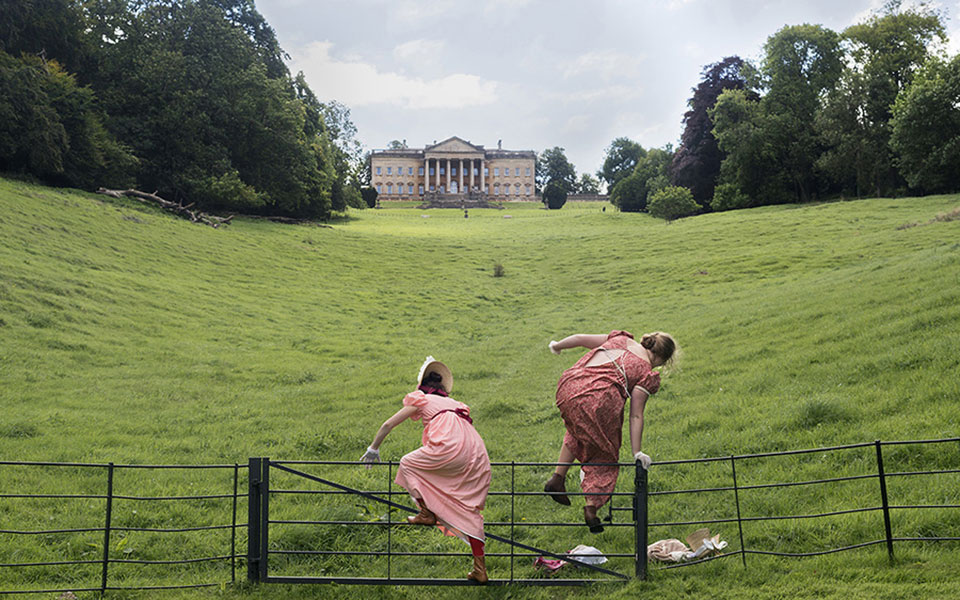
Alejandra Carles-Tolra "Where We Belong"
Alejandra Carles-Tolra (ES)
Where We Belong
Carles-Tolra explores themes of belonging, escapism and closeness through a portrayal of a group of Jane Austen devotees, with motifs touching on the threshold between fiction and non–fiction.
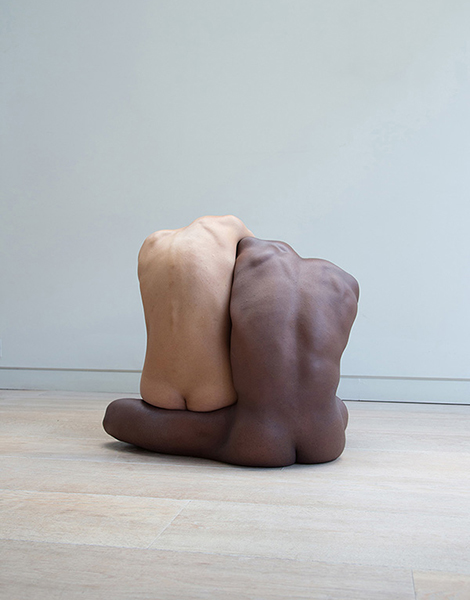
Chloe Rosser "Form & Function"
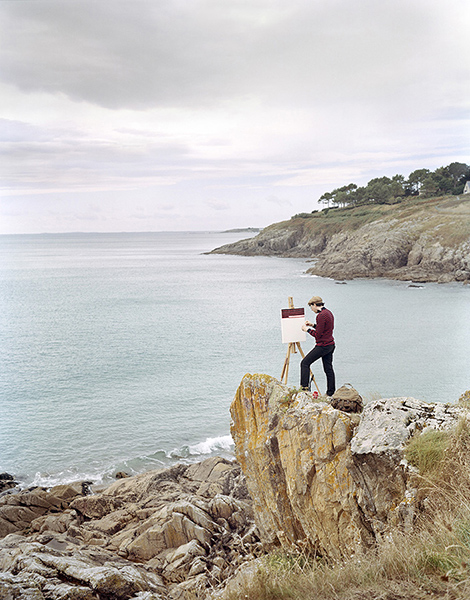
Fabian Schubert "Painters Portraits"
Chloe Rosser (UK)
Form & Function
Presenting the body as equal and anonymous sculptures, ignoring things like gender, age, body shape and skin tone, Rosser challenges the concept of body image and common social norms.
Fabian Schubert (DE)
Painters Portraits
Collaborating with artist Hank Schmidt in der Beek, Schubert reflects on the concept of picture-in-picture, painting the artist in a picturesque landscape, while the latter is actually not painting the landscape, but his own shirt.
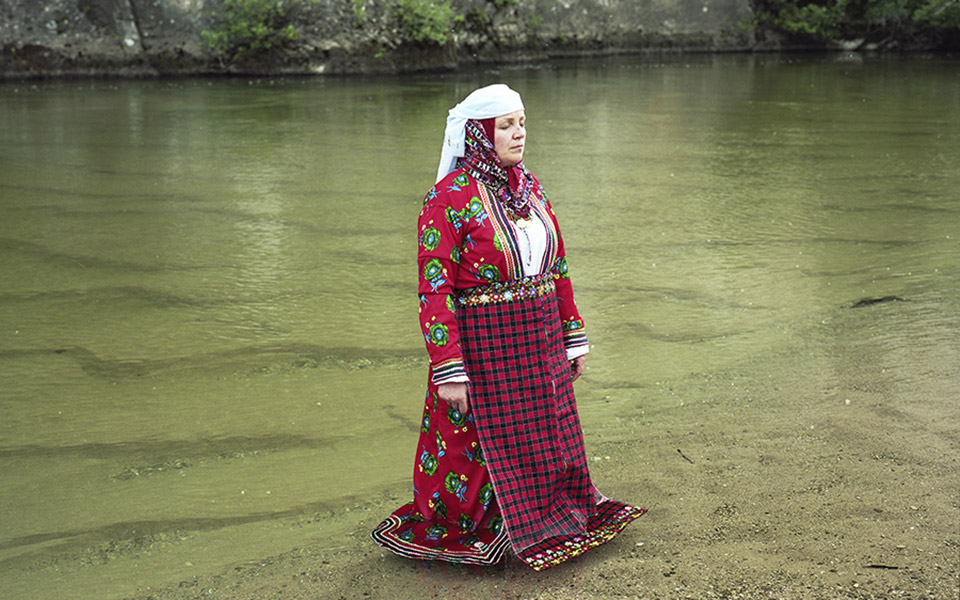
Myrto Papadopoulos "Zhena Hodemsi – My Wife I’m Leaving"
Myrto Papadopoulos (GR)
Zhena Hodemsi – My Wife I’m Leaving
Exploring the separation of the women and men in the deeply patriarchal Pomak minority living in isolated villages in the Greek region of Trace, Papadopoulos portrays the women who are left behind as their husbands were forced to emigrate in search of employment.
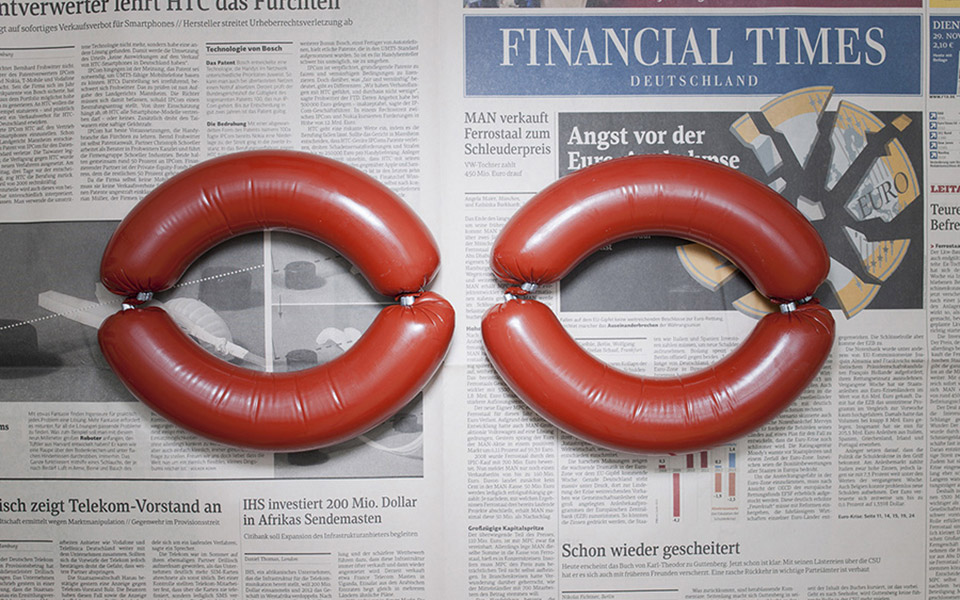
Chow and Lin "The Poverty Line"
Chow and Lin (MY/SG)
The Poverty Line
Traveling to 31 different countries, Stefen Chow and Huiyi Lin asked the question “What does a meal look like for those living on the poverty line in various places in the world?” The food items placed on local newspapers purchased on the day of the shoot were bought with the amount of money equivalent to the daily wage of someone living on the poverty line in each country.
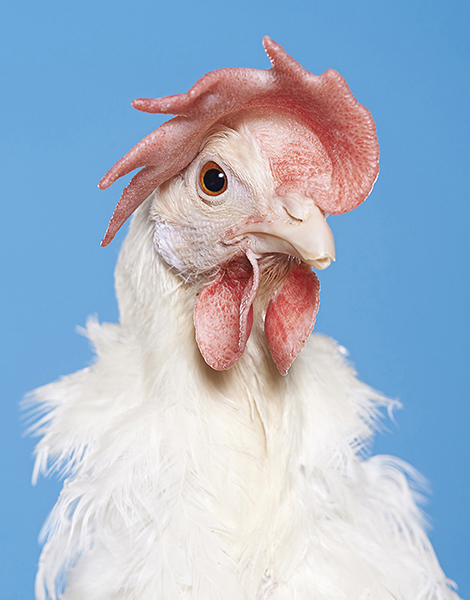
Daniel Szalai "Novogen"
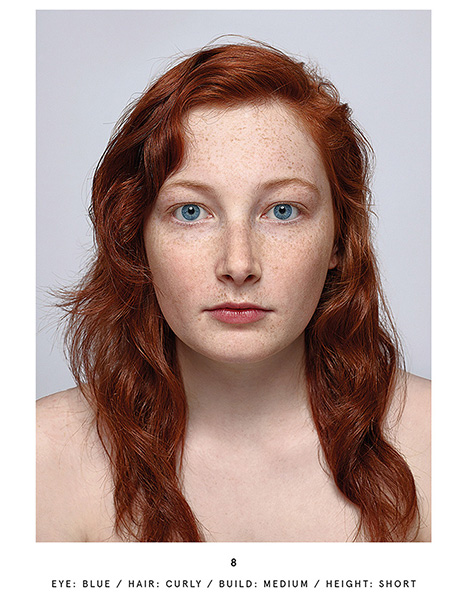
Marina Rosso "The Beautiful Gene"
Daniel Szalai (HU)
Novogen
Focusing on a chicken breed which was developed to use its eggs in the production of pharmaceutical products such as vaccines, Szalai’s work questions technology and man’s relation to nature.
Marina Rosso (IT)
The Beautiful Gene
Directing her lens to people carrying the slowly disappearing red hair gene, Rosso questions the system used at the world’s biggest sperm bank, which accepts donations based on demand, rather than genetic variation.
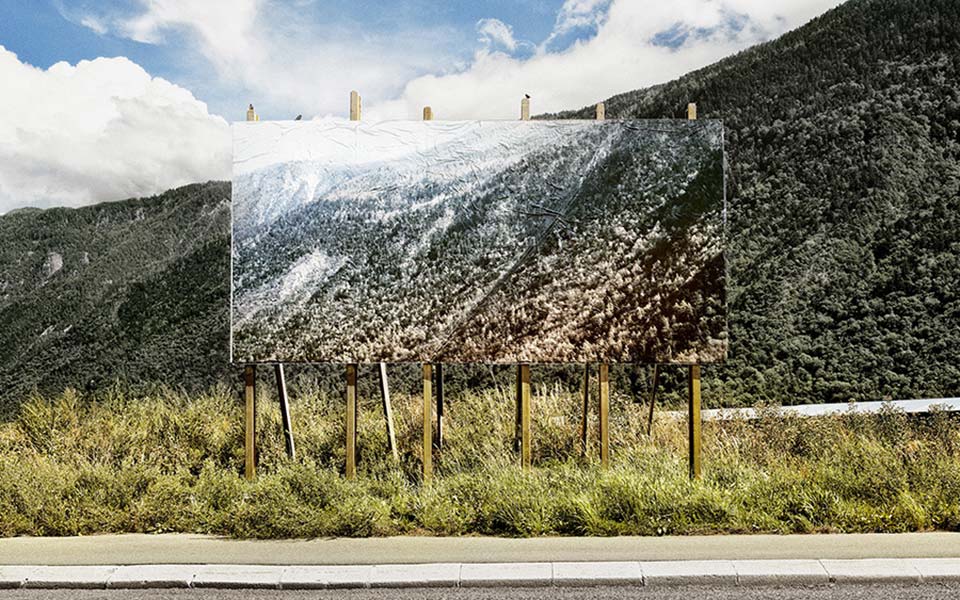
Olivier Lovey "Miroirs aux alouettes"
Olivier Lovey (CH)
Miroirs aux alouettes
Lovey blurs the line between reality and depictions of reality with installations featuring photos of the actual exhibition spaces, giving the illusion of passages into parallel worlds.
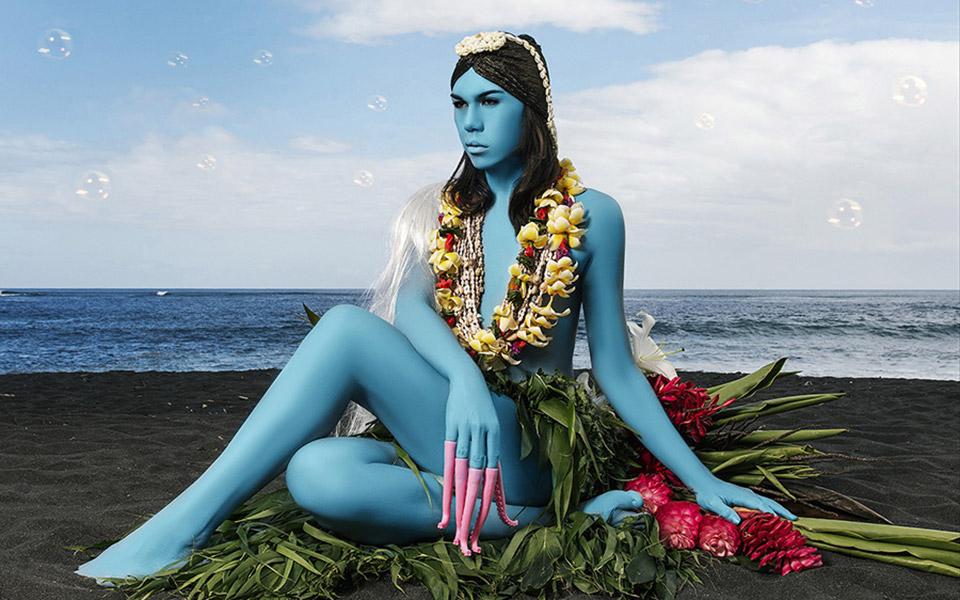
Namsa Leuba "Illusion"
Namsa Leuba (CH)
Illusion
Inspired by the paintings of Paul Gauguin and the visual codes initiated by him and his search for the primitive, Leuba’s work focuses on Polynesian effeminate men and transgender women, portrayed as beautiful, desirable, subservient, and connected to the natural environment.
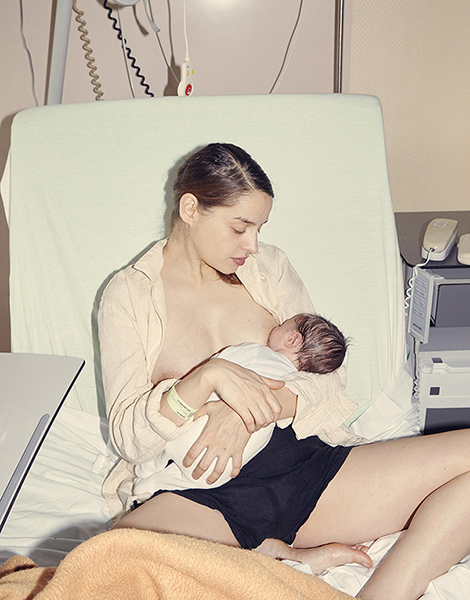
Vincent Ferrané "Milky Way"
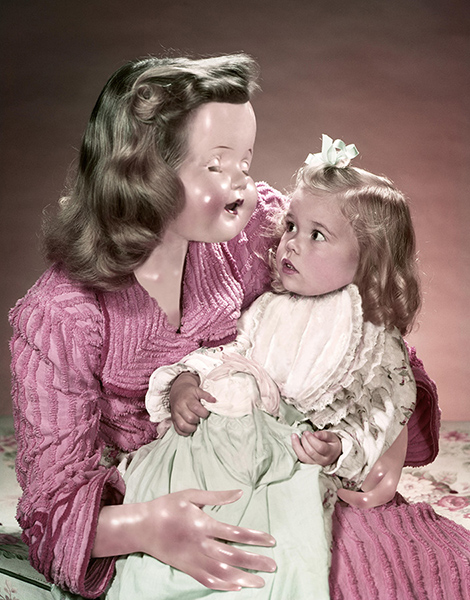
Weronika Gęsicka "Traces"
Vincent Ferrané (FR)
Milky Way
Capturing everyday moments of his wife during breastfeeding, Ferrané’s photographs draw attention to the geometry of the bodies and the space they occupy.
Weronika Gęsicka (PL)
Traces
Gęsicka’s work is based on vintage photographs of strangers, modified in various ways to create a new reality, reflecting the imagination needed to understand images of which we do not know the background.
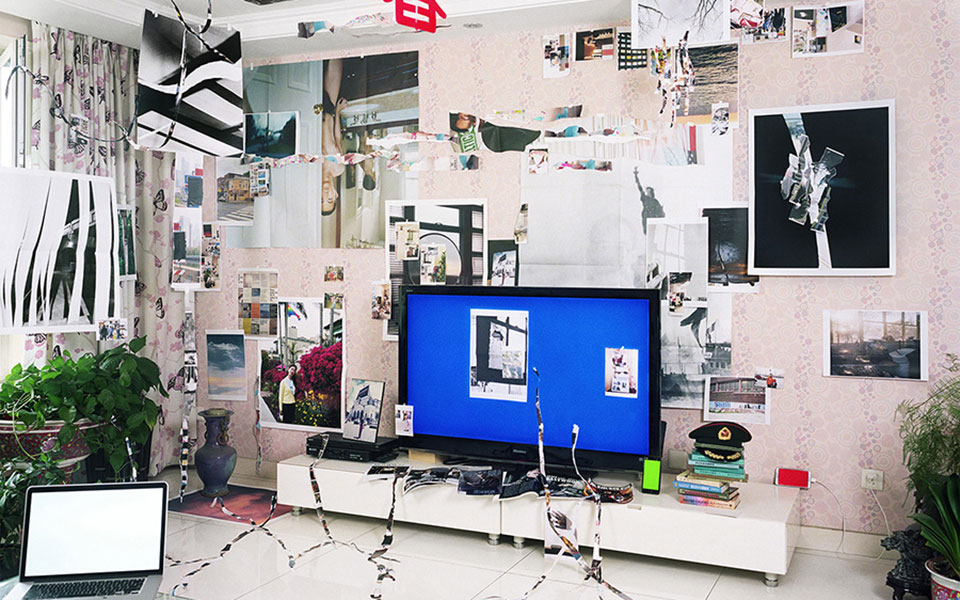
Guanyu Xu "Temporarily Censored Home"
Temporarily Censored Home
Xu’s works portraits his parents’ home featuring an installation consisting of photos of himself and other gay men, torn pages from magazines he collected as a teenager, and images from his family photo albums, aiming to reclaim his home as a queer space.
The approved expansion integrates historic architecture,…
Pick up a copy of our…
The Acropolis Museum unveils its festive…
Four mysterious Bronze Age artifacts from…